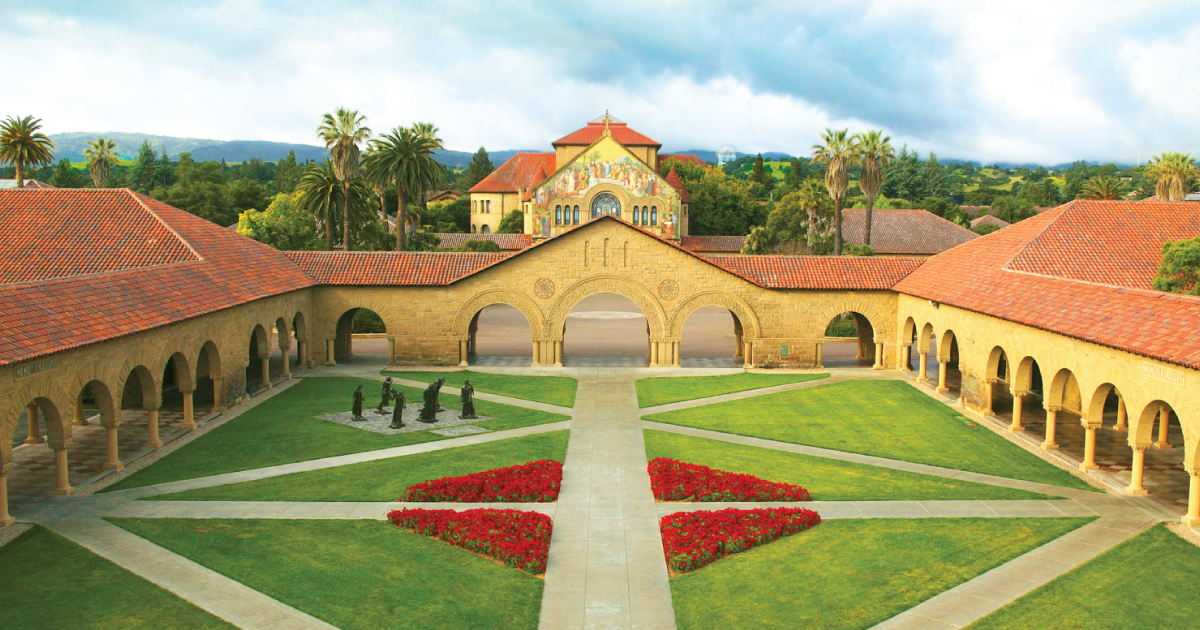continuingstudies.stanford.edu/courses/detail/20251_ARC-31
Preview meta tags from the continuingstudies.stanford.edu website.
Linked Hostnames
6- 71 links tocontinuingstudies.stanford.edu
- 1 link todocs.google.com
- 1 link towww.facebook.com
- 1 link towww.linkedin.com
- 1 link towww.stanford.edu
- 1 link tox.com
Thumbnail

Search Engine Appearance
https://continuingstudies.stanford.edu/courses/detail/20251_ARC-31
Cradle of Civilization: Mesopotamian Archaeology
Stanford Continuing Studies welcomes all adult members of the community—working, retired, or somewhere in between. Take courses for pleasure, personal enrichment, or professional development.
Bing
Cradle of Civilization: Mesopotamian Archaeology
https://continuingstudies.stanford.edu/courses/detail/20251_ARC-31
Stanford Continuing Studies welcomes all adult members of the community—working, retired, or somewhere in between. Take courses for pleasure, personal enrichment, or professional development.
DuckDuckGo
Cradle of Civilization: Mesopotamian Archaeology
Stanford Continuing Studies welcomes all adult members of the community—working, retired, or somewhere in between. Take courses for pleasure, personal enrichment, or professional development.
General Meta Tags
7- titleCradle of Civilization: Mesopotamian Archaeology
- charsetutf-8
- X-UA-CompatibleIE=edge,chrome=1
- viewportwidth=device-width, initial-scale=1
- TitleContinuing Studies | On-Campus Courses | Online Courses | Palo Alto | SF | CA
Open Graph Meta Tags
3- og:titleCradle of Civilization: Mesopotamian Archaeology
- og:descriptionHuman civilization emerged over the past seven millennia. For the next three quarters, a sequence of Stanford Continuing Studies courses will chart the rise of three epicenters of civilization, each of which contributed to the full flourishing of humanity. This fall, we will start with Mesopotamian history and archaeology, covering civilizations emerging in the Fertile Crescent and Egypt.Mesopotamia, located between the Tigris and Euphrates rivers, was among the earliest centers of civilization, emerging about 7,000 years ago. It was here that scribes began documenting agriculture and society in increasingly sophisticated cuneiform texts. Clay served as the primary material for both writing and architecture. Astronomy also advanced significantly in Mesopotamia, shaped by the agricultural calendar of planting and harvesting in sync with seasonal stars and constellations, traditions that often became embedded in religion and were reflected in Mesopotamian literature. We will examine this literary heritage—the Epic of Gilgamesh, the common notions of Dilmun and Eden, the “Tower of Babel,” Inanna texts, the Code of Hammurabi, and others—which reveals so much about this great civilization.The course moves from the 7th millennium BCE with Ubaid and Uruk cultures to subsequent Sumer, Akkadia (Agade) and Neo-Sumer, Old Babylon and Old Assyria, and Kassite and Middle Elamite civilizations. We will also cover Neo-Assyrian, Neo-Babylonian, Medo-Persian, and Achaemenid cultures to the 4th century BCE. PATRICK HUNT Former Director, Stanford Alpine Archaeology Project; Research Associate, Archeoethnobotany, Institute of EthnoMedicine
- og:imagehttps://continuingstudies.stanford.edu/downloads/1200x630_campus_og.jpg
Twitter Meta Tags
2- twitter:cardsummary_large_image
- twitter:imagehttps://continuingstudies.stanford.edu/downloads/1200x630_campus_og.jpg
Link Tags
10- shortcut icon/favicon.ico
- stylesheet//fonts.googleapis.com/css?family=News+Cycle:400,700
- stylesheet/assets/ddscms/styles/markdown.css
- stylesheethttps://continuingstudies.stanford.edu/themes/csp-home/assets/default/css/jquery-mobile-1.3.1.min.css?v=1755460542
- stylesheethttps://continuingstudies.stanford.edu/themes/csp-home/assets/default/css/bootstrap.min.css?v=1755460542
Links
76- https://continuingstudies.stanford.edu
- https://continuingstudies.stanford.edu/about-us/about-us
- https://continuingstudies.stanford.edu/about-us/directions
- https://continuingstudies.stanford.edu/about-us/email-list
- https://continuingstudies.stanford.edu/about-us/give-to-csp